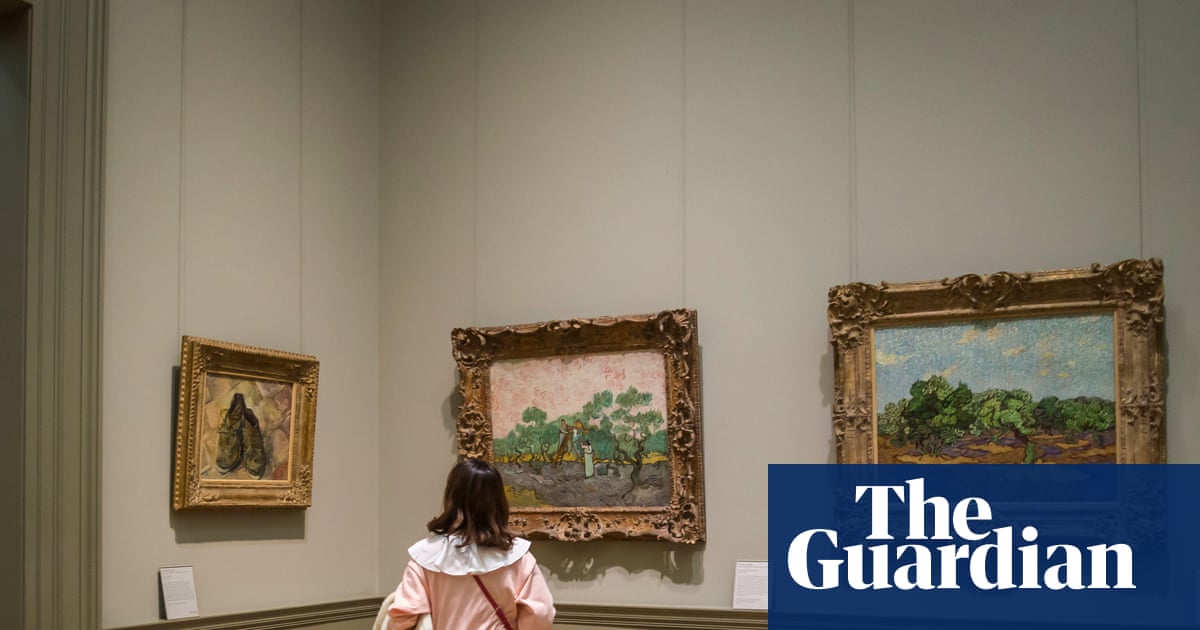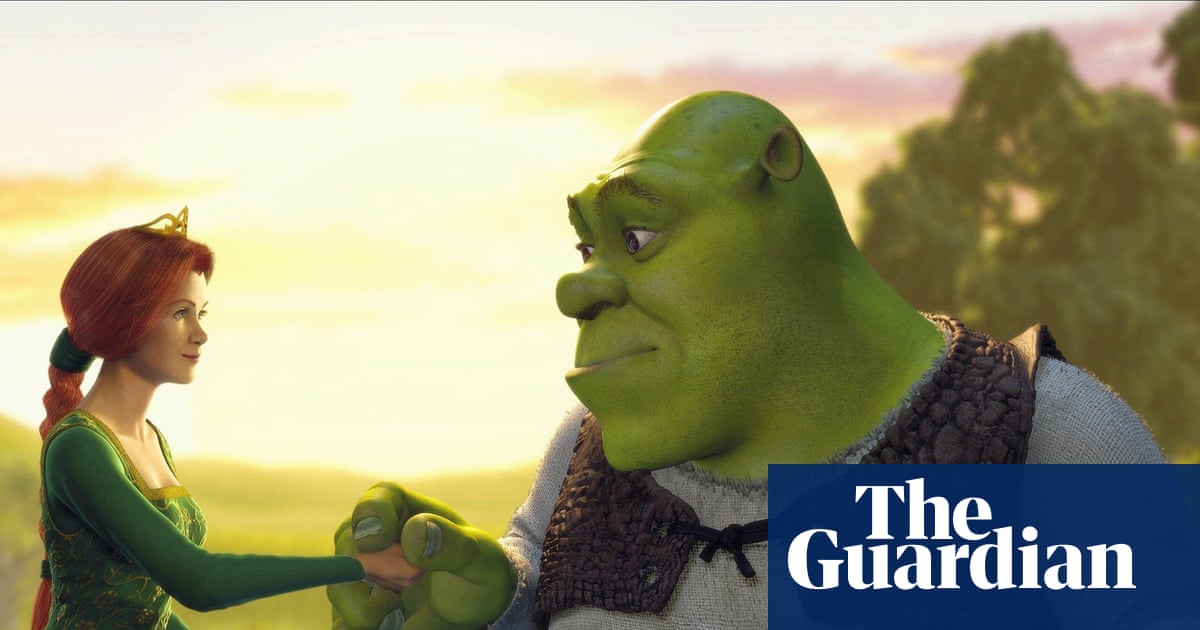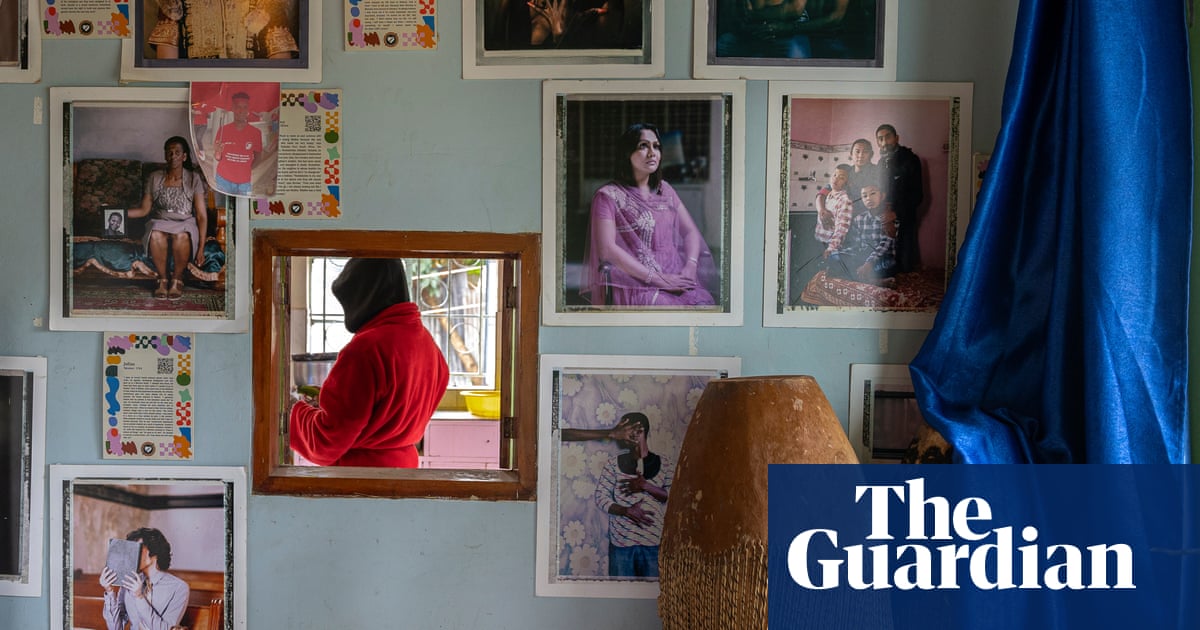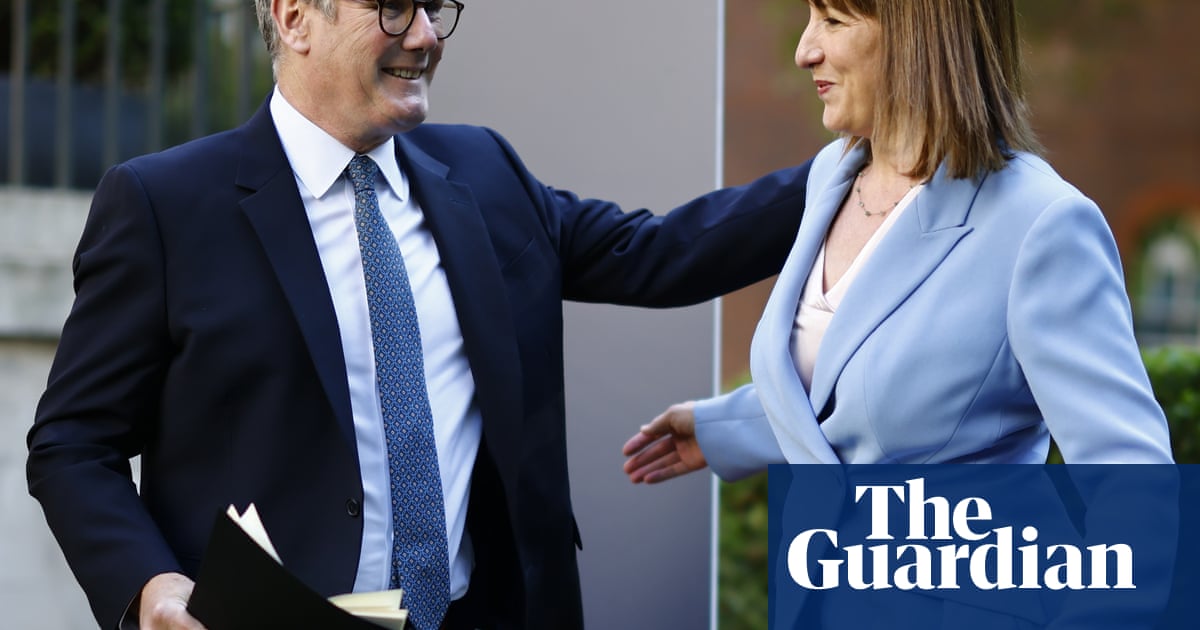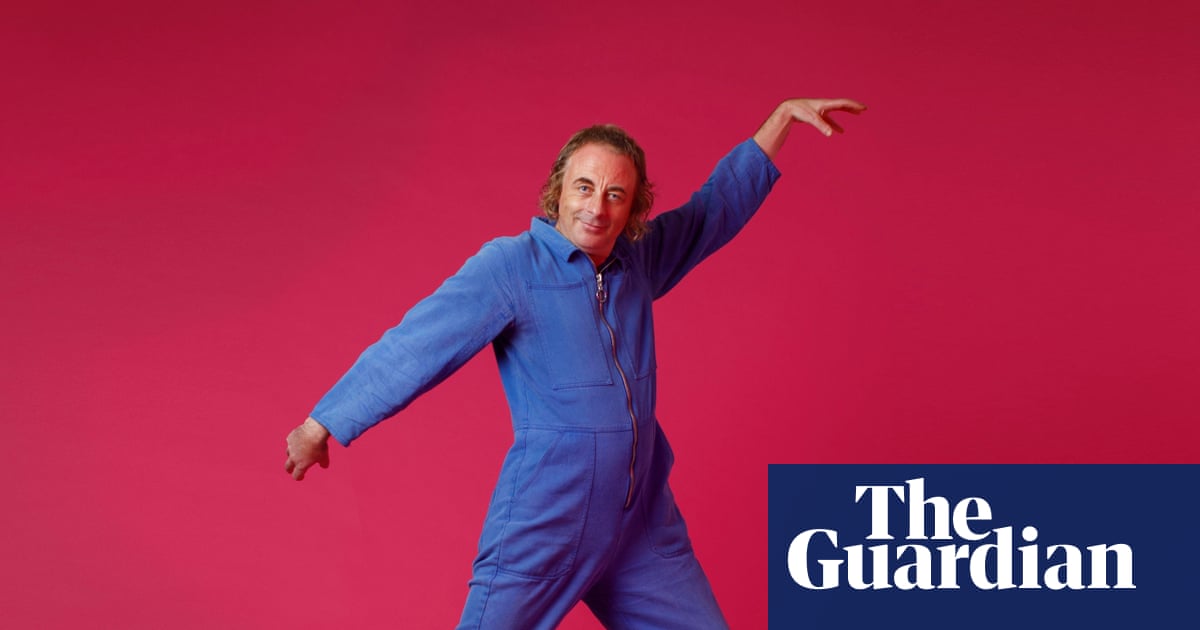‘I kept it a huge, dark secret,” says Matt Michaud. “I tried to push people away. I wouldn’t call it shame. I wasn’t sure if it was right or wrong. I wasn’t sure if it was something I could share with other people.”
It is curious to hear these words spoken at the outset of a disarmingly sweet documentary. What kind of perversion, or even crime, is twentysomething Michaud confessing to in his own living room? A glimpse behind him provides a clue to his obsession and anxiety: displayed on a table is a collection of toy locomotives and model railway books. And the centrepiece is a model of Thomas the Tank Engine.
In one of his letters to the Corinthians, St Paul wrote that when he became a man he put away childish things. Brannon Carty’s documentary, called An Unlikely Fandom: The Impact of Thomas the Tank Engine, is a rebuke to that philosophy. It celebrates the men (and the fans Carty interviews are overwhelmingly male) who have found friendship, community and creativity in what, as far as I can judge, is the most wholesome of subcultures.
Yet a sense of shame pervades Thomas the Tank Engine fandom. “Aside from a handful of people,” says Carty, “no one’s really out and proud about it – because it’s socially unacceptable, especially here in the States.” Why? “I think Thomas gets looped in with Sesame Street and other preschool TV shows over here, whereas in the UK it’s seen more as a children’s show.”
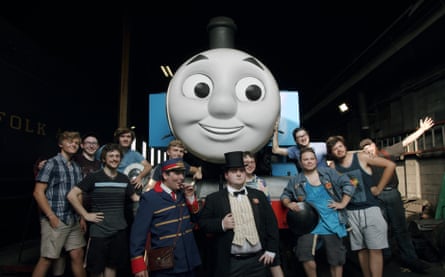
Such nuances of a multiplatform global brand – whose merchandising spans pasta shapes and duvet covers, and whose fans number devotees in Japan and Australia – were not, you would think, on the mind of Reverend Wilbert Vere Awdry in 1943. It was then that Thomas was born, on a fictional island called Sodor.
Awdry’s son Christopher needed cheering up from measles. And the reverend thought his tales of anthropomorphised steam locomotives, operating on the Fat Controller’s North Western Railway, would be just the ticket. Two years later, the first illustrated books appeared, colourful antidotes to postwar austerity Britain.
When I was a child, in the 1960s and 70s, I borrowed the illustrated adventures of Thomas and his pals from my local library. For later generations, though, Thomas means something else. His name evokes nostalgia not for the books but for all the TV series, in particular Thomas & Friends, which first aired in 1984 in the UK, written by the late Britt Allcroft and narrated first by Ringo Starr, then later by Michael Angelis and others including, in one spinoff, the silken-voiced ex-007 Pierce Brosnan.
Many of the twenty- and thirtysomething Thomas fans whom Carty interviews, and Carty himself, watched these shows as kids, and nostalgia for the plucky locomotive has haunted them into adulthood. Carty and his older brother watched the show as preschoolers in North Carolina, and would play with Thomas toys, but then their paths diverged. “He lost interest,” says Carty. “I didn’t.” Why? “I can’t explain it. My parents can’t explain it. They thought it was weird. I remember my 10th birthday: I was still asking for Thomas toys. I don’t know – it just clung to me like a disease. I’m happy that it clung to me, though. Now I’m a year shy of 30 and it’s still my thing.”
What’s the appeal of Thomas in the US? “You don’t see a lot of steam engines over here. People see the Thomas engines and think, ‘Well those are just made up. Those aren’t real.’”
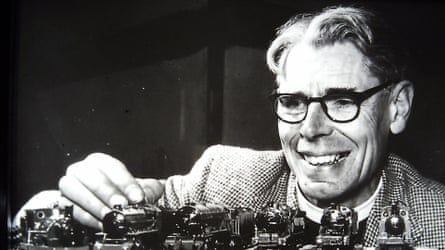
As US versions of the TV series started appearing in the late 1980s and early 1990s, Thomas got a makeover. The Fat Controller became Mr Controller. After Starr’s stint as narrator ended, he was replaced in the US first by countercultural comedian George Carlin, and then by Alec Baldwin.
How did An Unlikely Fandom come about? “I was studying film at the University of Northern Carolina,” says Carty. “My professor said, ‘Just go shoot a documentary. I don’t care how long it is. Just find something you care about.’ So I decided to film the adult Thomas fans who I knew. I made that film and graduated – then I realised there’s a bunch of fans in the UK that needed to be in this. A ton in Australia. A whole scene in Japan.”
The fact that many of the interviewees are in their 20s and 30s suggests that much of the TV shows’ enduring appeal lies in nostalgia for childhoods dating from when the shows were first broadcast. But there’s more to it than that. Thomas has long held an appeal for people with autism. Indeed a 2001 survey found that children with autism and Asperger syndrome enjoy and identify with Thomas more than any other children’s character. Why? Respondents cited Thomas & Friends’ straightforward stories, overt narrative resolution, bold colours and clear facial features.
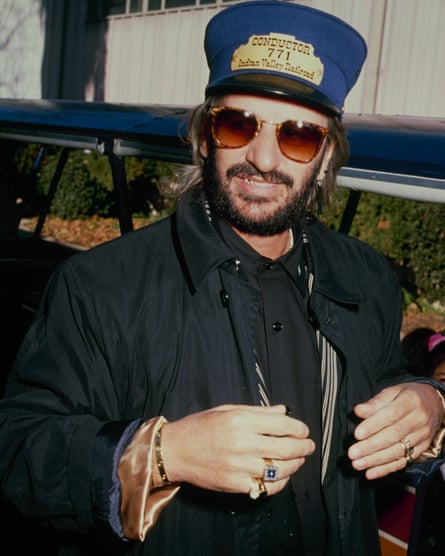
That said, anyone really can identify with the scamp. For example, in Down the Mine, Thomas gets his comeuppance after teasing Gordon the big engine for smelling of ditchwater after an unfortunate incident. When Thomas later tumbles into a mine, he is rescued by Gordon, who indulges in no tit-for-tat sneering whatsoever. Thomas learns two lessons: don’t ignore warning signs and don’t be a jerk to your mates.
Carty sometimes struggled to get interviewees to appear in his film. “A handful were nervous about being on screen and having their identity out there. I said, ‘Trust me. No one’s going to look stupid. This is going to be very honest, but it’s also going to be sincere. So as long as you are honest and sincere, the film will reflect that.’”
An Unlikely Fandom does more than that: we watch devotees expressing themselves articulately, detailing how they learned film-making, or other creative pursuits, through fashioning fan fictions. Matt Michaud recalls how he took a video class at school and, inspired by a teacher to make his own movie, went home, got out his Thomas toys, put up a sheet for a backdrop, assembled rudimentary lighting and made his debut film. “That summer,” he says, “I made 13 episodes and started to build a following on YouTube.”
Indeed, the life expectancy of Thomas has been extended by two things Awdry could never have foreseen. Without the internet, forums instantly connecting fans worldwide might not have existed; and without YouTube, the rich world of fan films – such as Carty’s own 2012 short Snow Trouble – might not have been seen so widely. “I don’t think that happens as much with other cartoon characters. I’m sure there are Star Wars fans who make fan films, but I don’t think Bob the Builder or Fireman Sam fans do.”
Carty’s next project could not be more different. “It’s about these Italians who came to Florida in the 1990s and made Jaws 5.” That’s its unofficial title: Bruno Mattei’s film is also known as Cruel Jaws. “They wound up getting sued and their film was banned in the US. It spoke to me because Jaws and Thomas are my childhood.” Why was it banned? “They stole footage from the first three Jaws movies and the main theme is lifted from Star Wars. It’s horrible, but I love it. It’s cheesy and streaming free everywhere. I would recommend it.”
Before he finishes that documentary, provisionally entitled Twilight Jaws, Carty will next month attend the UK premiere of An Unlikely Fandom. Much of the film’s sweetness comes from Carty’s footage of fans at conventions, making podcasts or – having been initiated into the world of steam railways through Thomas and his friends – working happily with like-minded souls as volunteers on narrow gauge heritage railways.
What I most enjoyed about his film is the complete lack of snarkiness about grownups who are essentially playing with toys. “That was just the thing I wanted to get out to the world. I faced a lot of hardship for it. Other people faced a lot of hardship for it. Even fans gave other fans a hard time. They didn’t know how to process it, right? A lot of people said to me, ‘I wish I had this film when I was growing up because I would have realised I was not alone.’ When you’re growing up, parents are like, ‘Why aren’t you making friends? You need to find your crowd.’ A lot of Thomas fans did just that in later life. It’s such a healthy, positive thing.”
Carty tells me he and his girlfriend, also a Thomas fan, don’t yet have children. “Whenever kids come into the picture, it’s going to be a Thomas household,” he says. Then, with the hint of a sigh, he adds: “If they don’t like it, we’ll reconsider.”

 3 months ago
53
3 months ago
53








